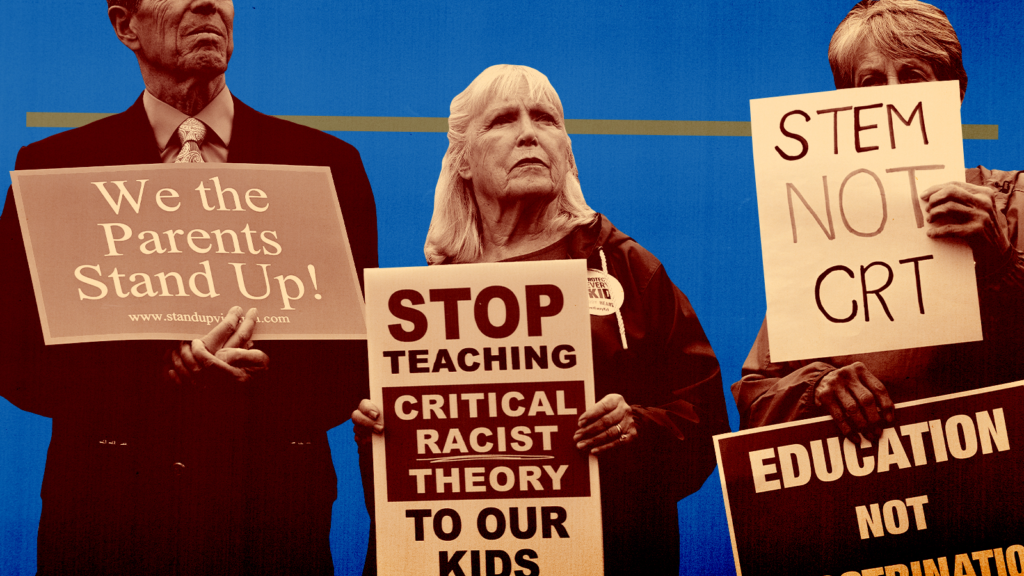Critical Race Theory Debate has become one of the most talked-about and controversial topics in education and politics today. What started as an academic framework has turned into a heated discussion involving lawmakers, parents, educators, and communities across the country. But why does this debate continue, and what exactly is Critical Race Theory (CRT)? This article will explain the basics of CRT, why people support or oppose it, and what this ongoing debate means for schools and society.
What is Critical Race Theory?
Critical Race Theory is a way of studying how race and racism affect laws and society. It began in the late 1970s and 1980s as a legal theory among scholars who wanted to understand how racism was built into laws and institutions. CRT looks at the idea that racism is not just about personal beliefs or actions but is part of systems and structures that give advantages to some groups over others.
CRT is not a subject taught in most schools. Instead, it is a complex theory used mainly in higher education and legal studies. However, some of its ideas have influenced how educators discuss race and history in K-12 schools.
Why the Critical Race Theory Debate Continues
The Critical Race Theory Debate continues because people have very different views on race, history, and how to teach these subjects in schools. Here are some key reasons the debate remains heated:
1. Different Understandings of CRT
Many people misunderstand what CRT actually is. Some believe CRT teaches that all white people are racist or that it promotes division. Others see it as an important way to help students understand history fully and recognize ongoing racial inequalities.
2. Politics and Education
The debate over CRT has become highly political. Some politicians have made CRT a key issue in elections and school policies. They argue that CRT teaches ideas that are harmful or unpatriotic. On the other hand, supporters say banning CRT or discussions about race limits honest education and the chance to address real problems.
3. Concerns About Curriculum Content
Parents and school boards are debating how race and history should be taught. Some want schools to avoid topics that they think are too controversial or upsetting for children. Others believe that teaching about racism and inequality honestly is essential for all students to learn.

Arguments For and Against Critical Race Theory
Supporters Say:
- CRT helps reveal hidden racism in laws and institutions.
- It encourages critical thinking about history and society.
- Teaching about racism openly helps create a fairer society.
- It promotes understanding and empathy among students of different backgrounds.
Opponents Say:
- CRT divides people by focusing too much on race.
- It can make students feel guilty or uncomfortable.
- Some think CRT teaches a negative view of the country.
- They want schools to focus on unity and shared values instead.
How the Debate Affects Schools and Students
The Critical Race Theory Debate has led to new laws and rules about what teachers can say in classrooms. Some states have banned certain lessons about race and racism. Others have required schools to include lessons about diversity and equity.
For students, this means their experience of learning about history and social issues may change depending on where they live. The debate has also caused protests and meetings at school boards, showing how passionate people are about this topic.
The Role of Media and Social Media
Media coverage and social media have played a big role in shaping the CRT debate. News stories, videos, and social media posts sometimes share incomplete or misleading information. This can increase confusion and tension between different groups.
What’s Next for the Critical Race Theory Debate?
The debate over Critical Race Theory is unlikely to end soon. As society continues to discuss race and equality, schools, lawmakers, and communities will keep wrestling with how to teach and understand these complex issues.
Some experts suggest that instead of banning ideas, it’s better to have open conversations and provide clear information about what CRT really is. Education can be a tool for bringing people together, but it requires listening and respect on all sides.
Conclusion
The Critical Race Theory Debate continues because it touches on deep and sensitive issues about race, history, and identity. Whether you support or oppose CRT, it’s important to understand the facts and listen to different perspectives. By doing so, we can help create a more informed and respectful discussion about how we teach and learn about our shared past and future.
Do Follow USA Glory On Instagram
Read Next – Okta Subscription Backlog Growth Helps Earnings and Outlook






